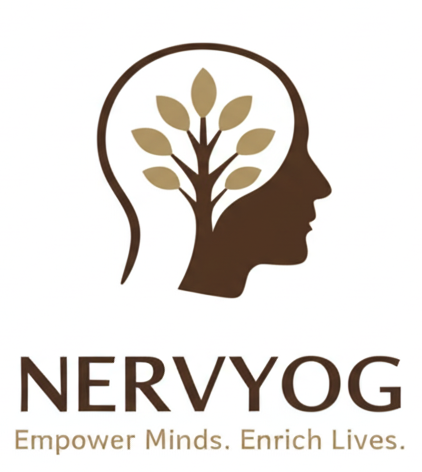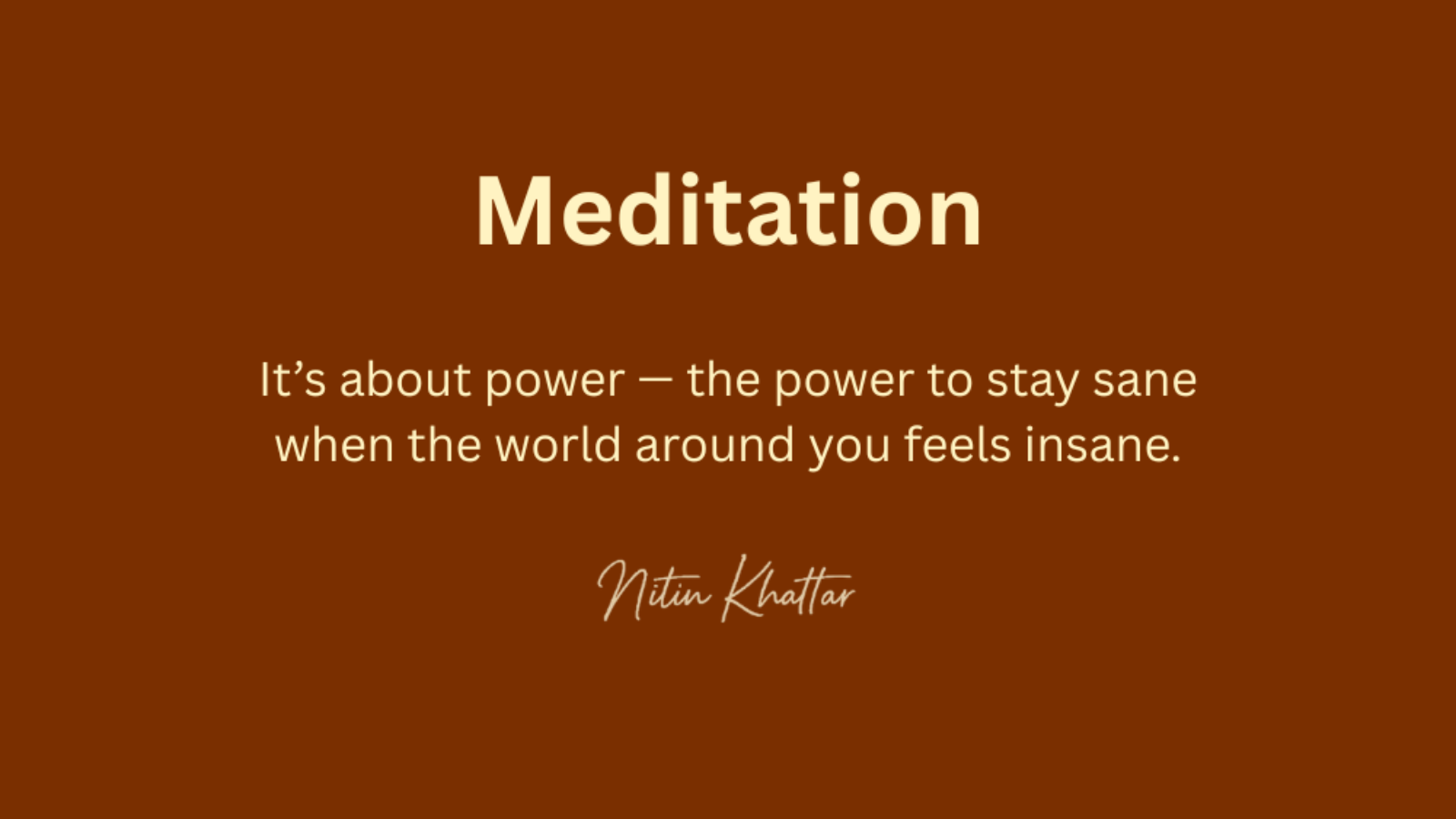I’ve spent years exploring the intricate dance between our inner world and the external chaos that often surrounds us. Today, more than ever, many of us feel like we’re navigating an “insane environment”—a whirlwind of demands, uncertainties, and constant digital noise.
But what if I told you there’s a profound, scientifically-backed practice that can make you sane in an insane environment? That practice is meditation.
It’s not about escaping reality; it’s about radically changing how you relate to it.
The Modern Challenge: Overwhelm is the New Normal
Our brains are constantly processing information, solving problems, and reacting to stimuli. In today’s fast-paced world, this often leads to:
Chronic Stress: A persistent feeling of being overwhelmed and unable to cope.
Mental Fatigue: The mind feels tired, making focus and decision-making difficult.
Emotional Reactivity: We become easily triggered, leading to impulsive responses and regret.
Traditional psychology has long acknowledged the impact of our environment on our mental state. However, cutting-edge research, combined with ancient wisdom, now points to an incredibly powerful tool for building inner resilience.
Meditation: A Dual Lens of Science and Spirituality
My journey has shown me that the profound insights of Advaita Vedanta(non-duality) and the practical tools of positive psychology converge beautifully when it comes to meditation.
1. From a Psychological Lens: Training Your Brain for Calm
Psychologists view meditation as a powerful form of cognitive training.
Emotional Regulation: Studies show that meditation, particularly body-mind awareness meditation strengthens the prefrontal cortex—the part of the brain responsible for executive functions like decision-making and emotional control.
This allows us to respond thoughtfully instead of just reacting impulsively. As Dr. Daniel Goleman, a prominent psychologist and author of “Emotional Intelligence,” often highlights, mindfulness helps us develop a “response gap”—that crucial pause between stimulus and reaction.
Stress Reduction: Techniques like focused attention meditation reduce activity in the amygdala, the brain’s “fear center” This leads to lower levels of cortisol (the stress hormone) and a greater sense of calm, even when external pressures remain high.
Improved Focus and Attention: Regular practice hones your ability to concentrate, cutting through the mental clutter and enhancing productivity.
2. From a non-duality Lens: Tapping into Your Unchanging Self
Advaita Vedanta, a profound spiritual philosophy, teaches that our true nature is an unchanging, peaceful awareness that exists beyond the fluctuating mind and body. Meditation, in this context, is not just a technique; it’s a pathway to realizing this deeper truth.
Witness Consciousness: Through meditation, we cultivate the ability to observe our thoughts and emotions without getting entangled in them. This “witness consciousness” allows us to see that we are not our thoughts or feelings, but the silent space in which they appear. This insight profoundly reduces the power of external circumstances to disturb our inner peace.
Non-Attachment (Vairagya): As we practice, we naturally develop a sense of non-attachment to outcomes and transient experiences. This doesn’t mean indifference, but rather a freedom from intense craving or aversion, allowing for greater equanimity.
The ‘I Am’ Principle: Advaita meditation often involves focusing on the core sense of “I Am” – the pure, unchanging existence. This practice helps to stabilize the mind and provides an internal anchor, reminding us that true peace is always available, independent of external conditions.
Practical Techniques to Begin Your Journey
You don’t need to be a monk or a neuroscientist to experience the benefits. Here are simple ways to integrate meditation:
Mindful Breathing: Sit comfortably. Close your eyes (or soften your gaze). Simply bring your attention to the sensation of your breath—the air entering and leaving your nostrils, the rise and fall of your abdomen. When your mind wanders (and it will!), gently bring it back to your breath. Start with 5-10 minutes daily.
Body Scan Meditation: Sit comfortably. Bring your attention to different parts of your body, one by one, noticing any sensations without judgment. This helps to connect mind and body, releasing tension.
Walking Meditation: As you walk, bring your full attention to the physical sensations of walking—the lift of your foot, the contact with the ground, the movement of your legs. This helps bring mindfulness into your daily activities.
“Who Am I?” Inquiry (Advaitic Practice): During meditation, or even throughout your day, gently ask yourself, “Who am I?” Not looking for a verbal answer, but letting the question dissolve into an open, spacious awareness.
My Personal Experience
From my own experience as a promoter of positive psychology and meditative teachings, I can tell you that these practices are transformative. They are not a luxury; they are a necessity for thriving in our complex world.
If you’re feeling overwhelmed, scattered, or simply seeking a deeper sense of peace, I encourage you to explore meditation. Start small, be consistent, and observe how your inner landscape begins to shift.
It’s about cultivating an inner environment that no external storm can truly shake. And in this “insane environment,” that’s not just powerful—it’s profoundly liberating.


Add a Comment